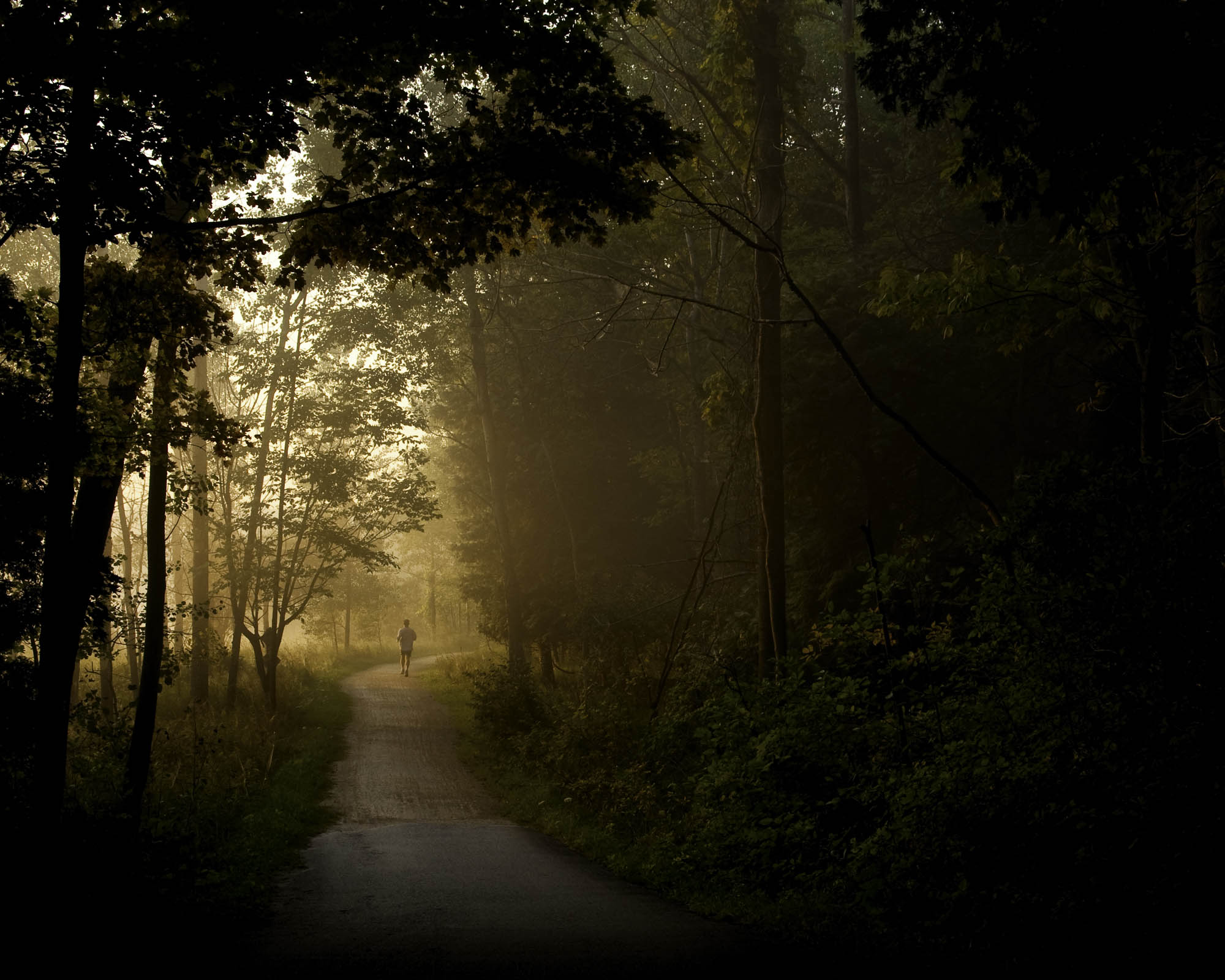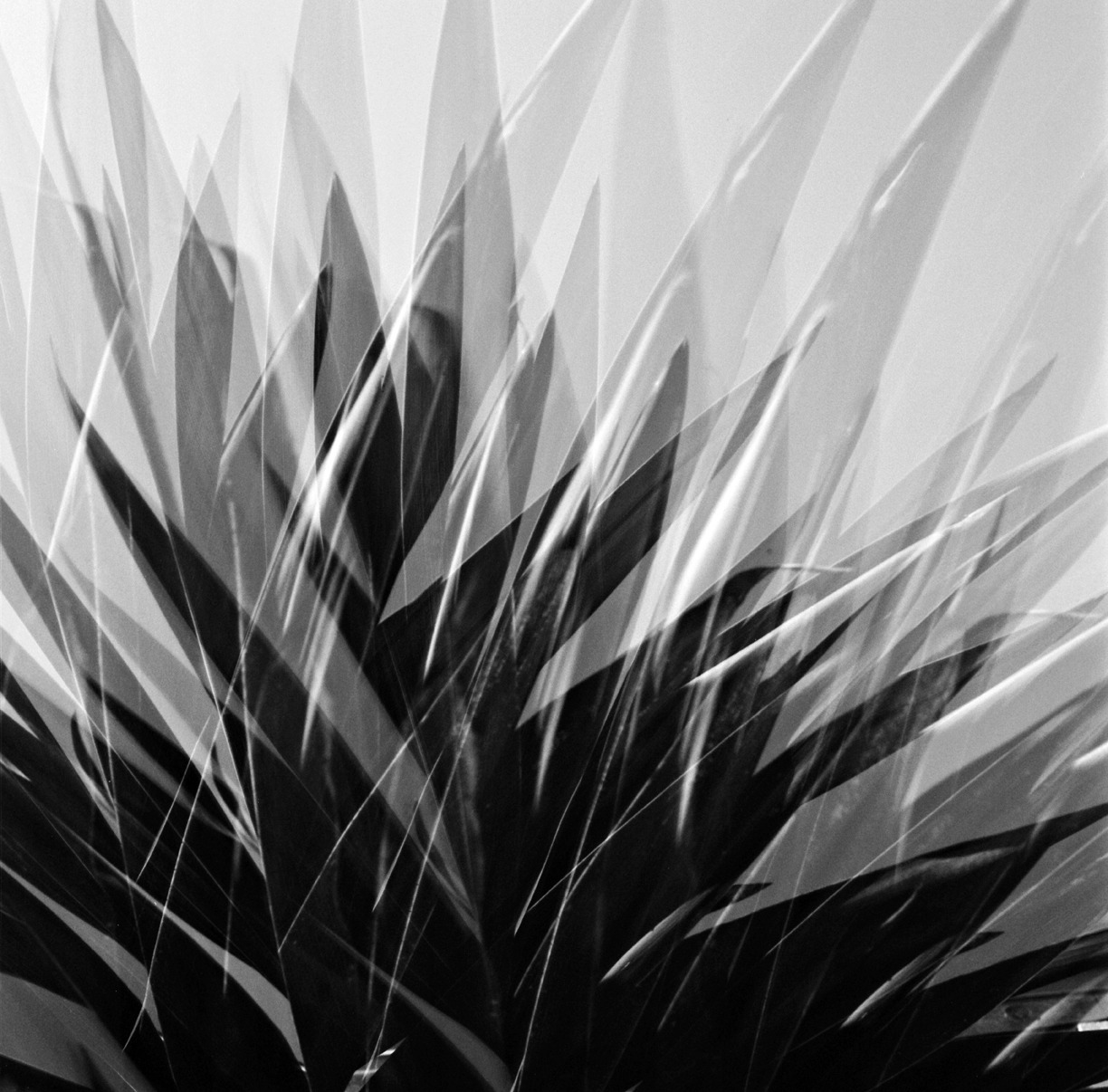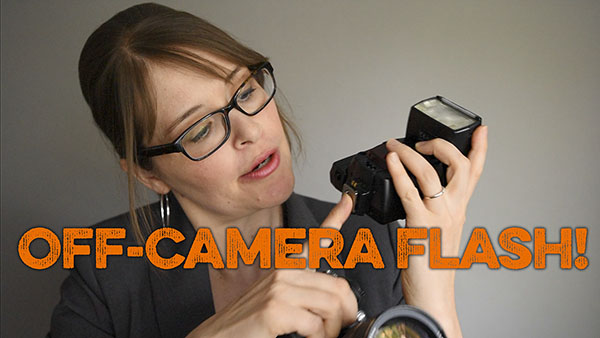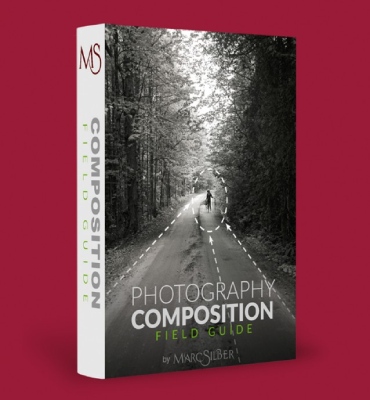I asked my pal Thomas Hawk to answer this question about “getting results with with the right lens (Prime vs Zoom, f-stop and how it affects choices?”
I’d say that personally I much prefer primes over zooms. I find that not only are they much faster and thus able to be used more effectively in lower lighting scenarios, but that I’ve found them to be much sharper than zooms. I believe that the 135 f/2 prime lens is the sharpest lens that Canon makes. It’s also my favorite lens personally speaking. With bigger apertures (lower f-stops) especially, the depth of field on photos using a good prime with a low f-stop can yield remarkable results — big rich creamy bokeh* Here’s an example of what I mean using the 135 f/2 at f/2.
* Bokeh: subjective aesthetic quality of out-of-focus areas of an image projected by a camera lens.
The biggest disadvantage with primes of course is that they are very inflexible in terms of framing shots. You have to move your feet physically instead of the lens. Also because the fixed focal lengths are so rigid often times you cannot get the shot you want need with the lens on your camera. This means often times carrying multiple prime lenses with you when you shoot which is a pain and having to change lenses a lot. Changing lenses a lot also increases the chance that you get dust and other impurities inside your camera and especially on your sensor where it shows up on your images. I’m fighting a constant battle with dust in my Canon 5D M2 and have with all of the Canons I’ve owned.
So there are pluses and minuses to zooms vs. primes. I’m not sure there really is a 100% correct answer or that either are really better one than the other, but for me I typically use primes because I’d rather have faster sharper lenses than the flexibility provided by comparable zooms. Of course bottom line is that whatever you use is only good as what you are able to see with your eye in composing and taking the shot in the first place.
Tom






m so thankful to thomas hawk about this artical & whos gave coments about it . I learn much with all that thanks all………….
m so thankful to thomas hawk about this artical & whos gave coments about it . I learn much with all that thanks all………….
[…] View original post here: Thomas Hawk: Getting results with with the right lens, prime Vs … […]
[…] View original post here: Thomas Hawk: Getting results with with the right lens, prime Vs … […]
Very good article Tom. I tend to switch it up each day. Sometimes I bring the 24-70, sometimes the 50 and sometimes the 28.
Very good article Tom. I tend to switch it up each day. Sometimes I bring the 24-70, sometimes the 50 and sometimes the 28.
I agree whole heartedly about primes and particularly the 135 f/2. It is also my favorite lens. My solution to the dust problem is to use 2 cameras (5D & 40D). I put the prime I want to use that day (listed in order of use: 135, 50, 200, 35) on one camera and a zoom on another (usually my trusty 24-105 L). This gives me the opportunity to frame my subject in several different ways and can produce some really interesting contrasts.
I agree whole heartedly about primes and particularly the 135 f/2. It is also my favorite lens. My solution to the dust problem is to use 2 cameras (5D & 40D). I put the prime I want to use that day (listed in order of use: 135, 50, 200, 35) on one camera and a zoom on another (usually my trusty 24-105 L). This gives me the opportunity to frame my subject in several different ways and can produce some really interesting contrasts.
I have to agree with You Tom. I also prefer fix lenses and for the same reason that they shoot sharper pictures. Also what I like about them is that framing is also much easier than with zoom lens. Of course it all depends of what are You shooting! I like doing portraits so 50mm fix is essential part of my photo bag.
I have to agree with You Tom. I also prefer fix lenses and for the same reason that they shoot sharper pictures. Also what I like about them is that framing is also much easier than with zoom lens. Of course it all depends of what are You shooting! I like doing portraits so 50mm fix is essential part of my photo bag.
You fail to mention that some zoom lenses (Yes, even Canon lenses) are nearly as sharp as primes through their range. I would hold up the 70-200 USM IS f4 (and 2.8) as examples! I have been VERY satisfied with this lens and know I’m not alone!
You fail to mention that some zoom lenses (Yes, even Canon lenses) are nearly as sharp as primes through their range. I would hold up the 70-200 USM IS f4 (and 2.8) as examples! I have been VERY satisfied with this lens and know I’m not alone!